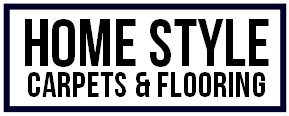Karndean flooring range celebrates natural stone and wood
/Karndean Designflooring has expanded its Art Select range by adding 39 new designs based on natural wood and stone.
These new designs include European oak, English ash wood, marble, onyx, Ceppo di Gré, (a type of terrazzo) and Damask oak, which has a warm light, unfinished look. Real Persian onyx is too fragile and porose for flooring, but Karndean Persian onyx tiles have the beautiful look of natural stone without any of the natural stone drawbacks.
The managing director of Karndean Designflooring, Fleur Carson, said:
"Our designers have travelled extensively to find unique samples of wood and stone that exhibit the most beautiful features of each natural material."
She stated that the Art Select range has precise colours and surface embossing that "pushes the boundaries of flooring design". The flooring recreates the beautiful features of natural materials from the iconic veining of Greek and Italian marble to the grains and knots of Spanish holm oak.
The Art Select range is available in a range of tile and plank sizes, including a new slim plank and herringbone patterns. The flooring can be cut by hand to create individualised layouts. It is exceptionally durable and has long manufacturer guarantees for domestic or commercial use.
Karndean luxury vinyl flooring is available from flooring services in Chester and North Wales. As well as bringing the textures and colours of nature into rooms, business and residential consumers choose Karndean because the flooring is waterproof, easy to clean, durable and comfortable to walk on.

